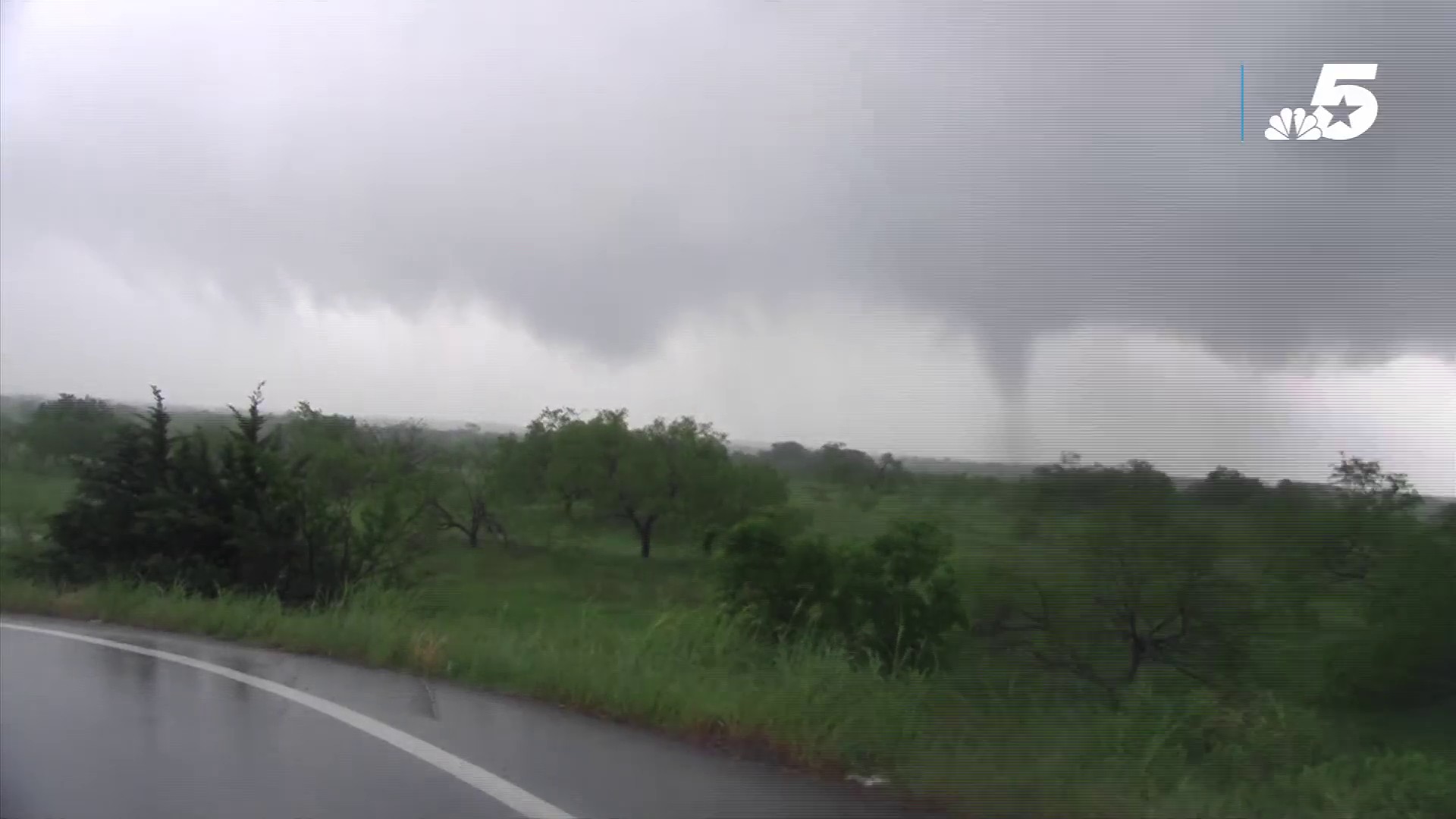The U.S. Department of Agriculture recently discontinued a program that placed food on the tables of tens of millions of families. The USDA said food will now be delivered as part of the Emergency Food Assistance Program, which is said to be more efficient.
Still, the transition has some North Texas organizations frustrated and wondering what to do next.
It’s been a busy year for Latame Phillips, the vice president of development for Hunger Busters. Through the USDA Farmers to Food Box Program, his organization partnered with churches and nonprofits to serve thousands of families with more than a week's worth of food packaged in a single box.
“We would set up right there in their parking lot all throughout Dallas,” Phillips said. “Six days a week we would set up and we would give until we run out.”
Get DFW local news, weather forecasts and entertainment stories to your inbox. Sign up for NBC DFW newsletters.
A week ago, the program ended, with the U.S. Department of Agriculture citing its inability to sustain the program. Phillips said many partner organizations are scrambling to adjust. He said people who expected the weekly boxes of food want answers.
“Since the program ended, they have been inundated with calls. I’ve had a continuous number of phone calls from those organizations,” he said.
The Farmers to Food Box Program started near the height of the pandemic. It was always intended to be a temporary solution for families in need and the struggling food chain system. Now COVID-19 cases are down and the USDA is shifting its plan.
Local
The latest news from around North Texas.
“We’ve always known that it was going to come to end,” said Dr. Valerie Hawthorne with the North Texas Food Bank. “When it was going to come to an end, we had kind of an idea.”
Hawthorne said the Emergency Food Assistance Program, which is part of the American Rescue Plan is expected to be more cost-effective and efficient for consumers with $1 billion earmarked to sustain existing food banks and pantries.
“As we see social distancing guidelines disappear, we can start moving back indoors into a client choice model,” Hawthorne said. “It’s going to be rearranged into other more established programs that the USDA already offers.”
Phillips said he understands the change, but said the organizations he works with needed more time to transition. He said as long as families are worried about running out of food or money by the end of the month, there’s work to be done.
Through the Emergency Food Assistance Program, a variety of food will be purchased by the USDA and made available to state distributing agencies. The amount of food each state receives is based on the number of unemployment claims and the number of people with income below the poverty level.
In the midst of the transition, both Hawthorne and Phillips said they wanted to assure the North Texas community that resources will remain available.
For information on food security programs or more on the Emergency Food Assistance Program, visit Hunger Busters, the North Texas Food Bank or the USDA.



